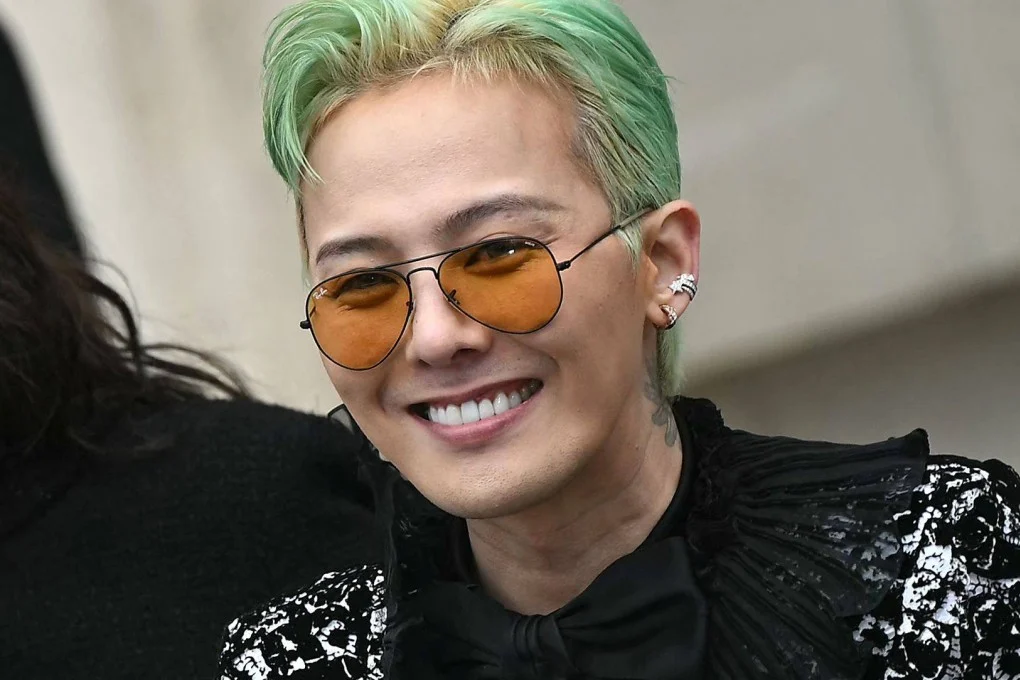Tucked away in a discreet part of the NUS Cultural Centre, one has to navigate through a remote pathway to reach the studio in which White Rabbit Red Rabbit will be performed. It is as if the iffy venue was a deliberate attempt at priming visitors for the iffy play. Iffy, not because it has neither set nor director but because the play features a new actor every single time without prior rehearsals.
Written by Iranian playwright Nassim Soleimanpour, White Rabbit Red Rabbit hinges on the writer’s script and the actor’s talent. That actor, for one night only, is Oliver Chong. Resting on a chair in front of the audience, he carefully tears open the envelope containing the alleged “top-secret” script and checks to see if he’s emptied it of its contents. He places the envelope away in a casual, orderly manner. And in his own comfortable pace, he utters his first words.
“Okay, so I’ve just opened the envelope. I’ve begun to read and I have no idea what’s going to happen. You, the audience, might or might not clap at this point…” Amused, the audience applauds.
With the first few sentences, it has become clear that Oliver was to abandon his resident directorial status at The Finger Players and become Nassim’s vessel, through which his words flowed, his demands met, his story told. Just like the writer (and probably the actor as well), we enter this play without a clue of what to expect.

The Skinny’s Mark Harding once wrote that this show was “impossible to review”. I couldn’t agree more. White Rabbit Red Rabbit thrives in the element of surprise and revealing anything about the plot would be a theft of experience. So, I won’t say too much. Hopefully, I haven’t already done so.
There are two things that made this show unforgettable: One, the almost improvisational acting, and two, the audience—all 53 of us.
To perform a play cold, one could only be God if it’s executed without error. Oliver looked calm and ready on the surface, though it did not preclude him from stumbling upon his words. Being an actor more comfortable with the Chinese language also meant a few pronunciation slip-ups. Yet, he proceeded with gumption and an impressively clear vocal projection. Silly commands were met unabashedly but not without the initial head tilt.
Complementarily, the spectators had their own roles to play—more than you might suspect. Disregard me not when I say the audience are not treated as mere viewers and listeners here.

As warned by Nassim, anything could go wrong in White Rabbit Red Rabbit, from the minor (mispronunciation) to the major (death, despite its overwhelming improbability). For me, its unpredictability spices things up and undoubtedly makes it one of the knockout performances for the 9th NUS Arts Festival. But don’t take my word for it, because who knows, the next show might be a disaster. The most you can do before entering is leave any inhibitions or expectations at the door.
Photo credits: NUS Centre For the Arts







